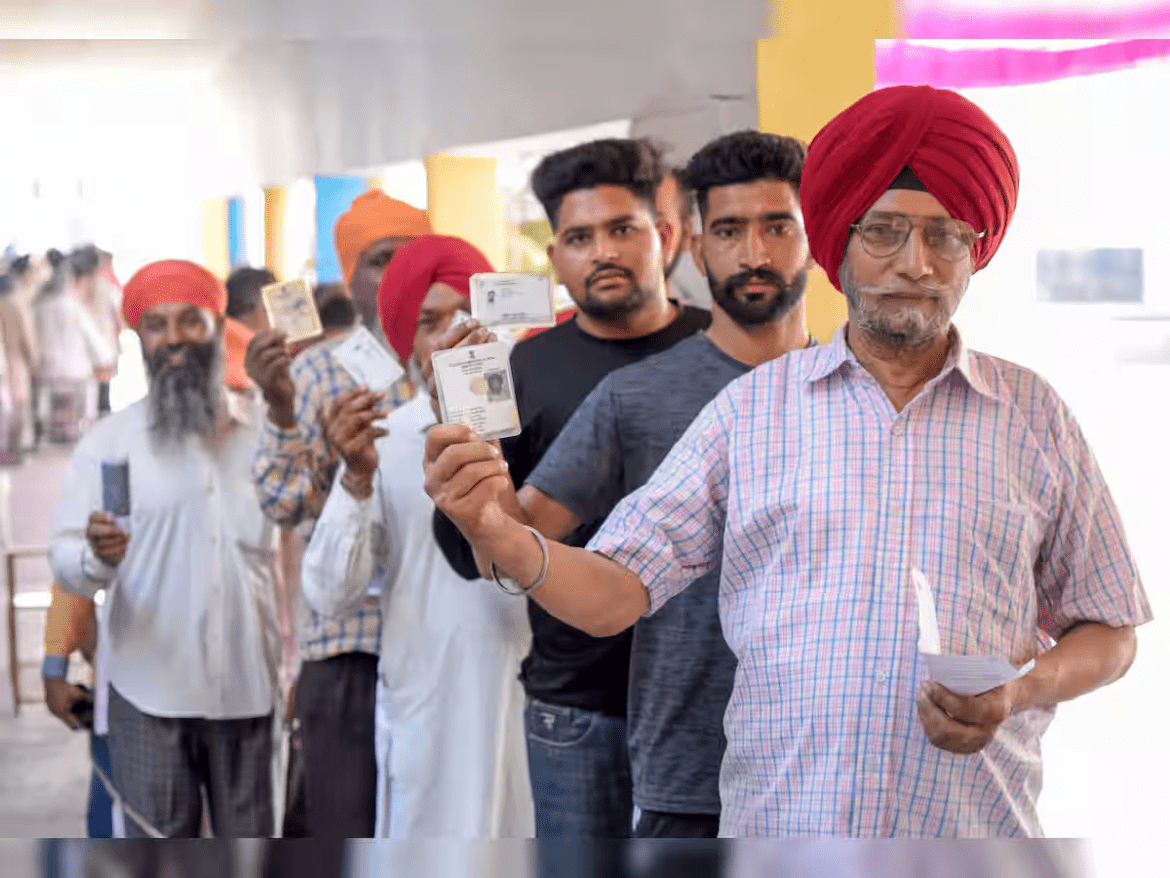AI Generated Summary
- As the dust settles on the Lok Sabha elections, the role of social media in shaping political landscapes and voter behavior in Punjab is undeniable.
- From cartoons mocking the Badal family for the downfall of the Shiromani Akali Dal to humorous clips of AAP leaders, including CM Bhagwant Mann and former CM Charanjit Singh Channi, the Punjabi electorate has been thoroughly entertained by this wave of political masala.
- While it serves as a powerful tool for engagement and influence, it also underscores the deep-seated divides within the electorate.
For nearly two months, online content creators have capitalized on the politically charged atmosphere of the Lok Sabha elections, producing a wealth of political satire. From cartoons mocking the Badal family for the downfall of the Shiromani Akali Dal to humorous clips of AAP leaders, including CM Bhagwant Mann and former CM Charanjit Singh Channi, the Punjabi electorate has been thoroughly entertained by this wave of political masala.
This election cycle has also highlighted the complex influence of social media on voter behavior, exposing a significant urban-rural divide. Platforms like Instagram, Facebook, Snapchat, X, and YouTube have emerged as powerful tools in certain demographics.
Throughout the election campaign, candidates from various political parties maintained a strong presence on social media, engaging with supporters through reels, videos, and posts. However, on election result day, their social media activity significantly decreased. While supporters continued to share updates and express their loyalty, tagging their preferred candidates, the candidates themselves remained relatively silent until the final results were announced.
In urban areas, social media campaigns proved to be effective in polarizing voters. The predominantly urban population leaned towards the BJP, influenced by targeted campaigns focusing on issues such as free electricity and the Ram Temple. The Congress and AAP also adeptly harnessed this digital trend, successfully swaying urban voters who are more active on these platforms.
In contrast, rural constituencies like Khadoor Sahib and Faridkot exhibited a different trend. Here, Sikh hardliners dominated the voting pattern, with social media campaigns benefiting radical leaders such as pro-Khalistan activist Amritpal Singh and Sarabjit Singh Khalsa. Their significant social media presence resonated strongly with rural voters, elevating them to influential figures.
Tejveer Singh, a farmer leader from Haryana, observed, “Punjab politics is social media driven, while people in Haryana discuss issues at common places. In Punjab, politicians are projected as superheroes on social media.”
Professor Pankaj Mohindru of Punjabi University, Patiala, remarked on the voters’ response to turncoat leaders who switched allegiance at the last moment, such as Ravneet Bittu, Sushil Kumar Rinku, and Preneet Kaur. “Despite robust social media campaigns, the people of Punjab have taught a lesson to such leaders,” he said.
As the dust settles on the Lok Sabha elections, the role of social media in shaping political landscapes and voter behavior in Punjab is undeniable. While it serves as a powerful tool for engagement and influence, it also underscores the deep-seated divides within the electorate.




